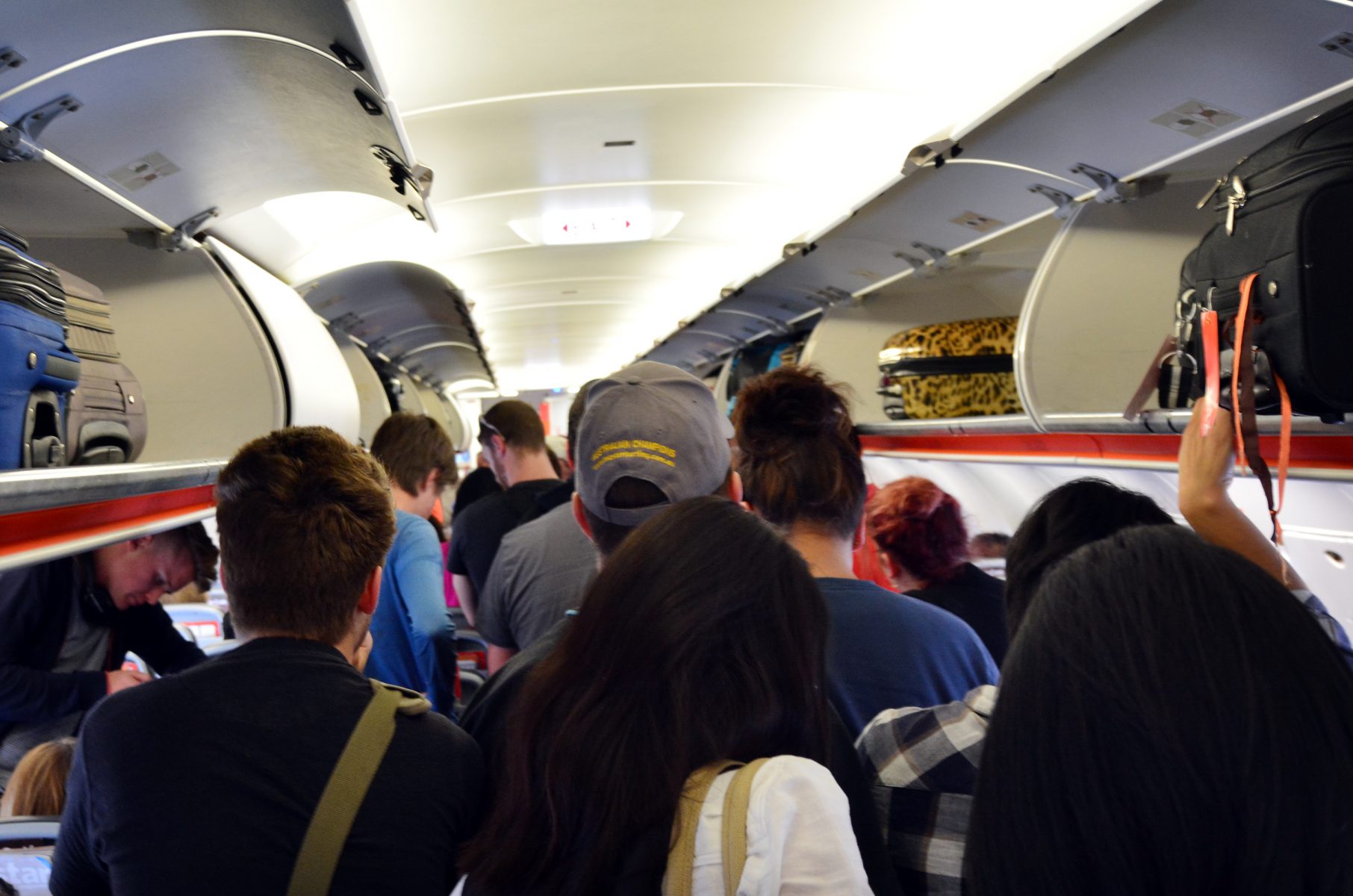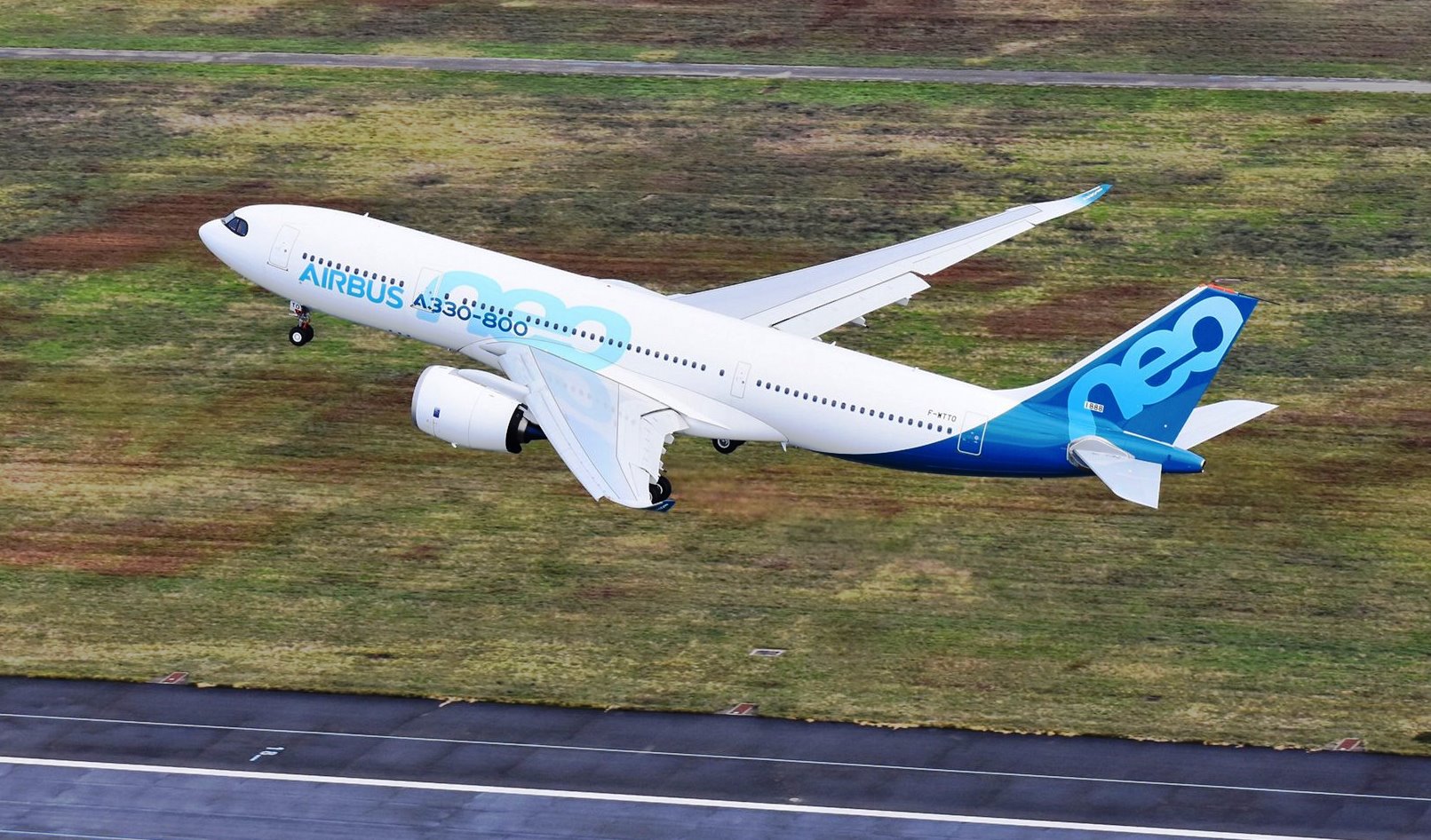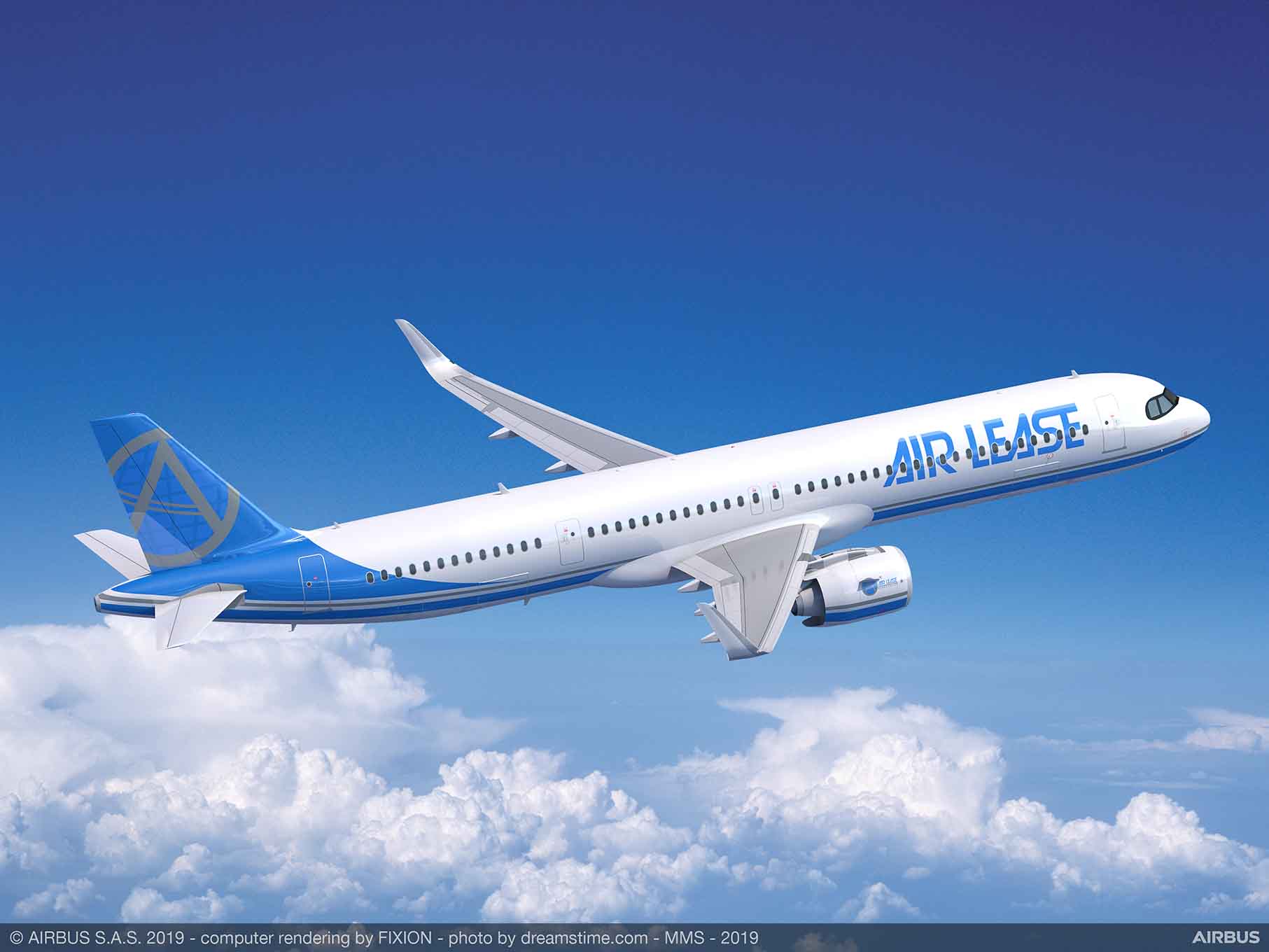Leeham News and Analysis
There's more to real news than a news release.
Bjorn’s Corner: Do I get COVID in airline cabins? Part 8. Boarding and deboarding.
June 26, 2020, ©. Leeham News: In our Corner series about flying during the COVID-19 pandemic, we look closer at the boarding and deboarding part.
We have identified it as possibly the most troublesome part of a flight during the COVID pandemic. We look at the findings from simulations by boarding/deboarding experts.
Restoring capacity with the A330ceo or A330neo, Part 2
Subscription Required
By Bjorn Fehrm
Introduction
June 25, 2020, © Leeham News: Last week, we started looking at the Airbus A330-200 market and whether to hold on to one’s A330-200 or restoring capacity after the COVID-19 shut-down with the newer A330-800.
We looked at the history of the A330-200, the reasons it sold 642 units to date, and why the sequel, the A330-800, is not selling well.
We dig deeper into the replacement question today. In a post-pandemic world, is holding on to or even leasing an A330-200 for long-range operations the better alternative, or should we take delivery of a new A330-800?
Summary
- The A330-200 was Airbus’ best aircraft for long and thin routes.
- As the A330-300 and later A330-900 grew its range, the A330-200 and A330-800 market shrunk.
- For long and thin routes, is keeping/leasing an A330-200 or taking delivery of an A330-800 the better alternative?
Looking ahead for 2020 and 2030 decades: Boeing
Subscription Required
Second in a series.
By Scott Hamilton and Vincent Valery
Introduction
June 24, 2020, © Leeham News: “Airbus’ widebody strategy is a mess.”
This is what Kostya Zolotusky, then a VP with Boeing Capital Corp., said a few years ago on the sidelines of a major aerospace conference.
Today, it may be going too far to say there is increasing opinion in the industry that Boeing’s product strategy is a mess. But it’s fair to say it’s seriously challenged.
Even setting aside the 737 MAX grounding, Airbus clearly outpaced the MAX with the A320neo family. The A321LR and XLR thrust Airbus into dominance in the single-aisle, 150-220 seat sector.
Airbus fell into a winner with the acquisition of the Bombardier C Series. Boeing’s 737-7 MAX has captured fewer than 100 orders since the program launch in 2011. Demand for the 777X is weak.
Boeing critics, and there are many, see little but doom and gloom ahead. Even before the COVID-19 crisis, Boeing faced years of recovery from the MAX grounding.
There’s no doubt Boeing has a deep hole to climb out of, exacerbated by the COVID crisis. The question is, what does Boeing do after the MAX is returned to service and the virus crisis is over?
Summary
- Airbus is clear leader in single-aisle sector.
- Boeing’s product strategy for New Midmarket Airplane, Embraer role is over.
- Former CEO Jim McNerney said, “no more moonshots.” But is this just what Boeing needs to regain its position?
Pontifications: Deferrals, bankruptcies continue; order recovery far off
June 22, 2020, © Leeham News: Although more passengers are flowing through airports and airlines are adding back service, airplane order deferrals continue.
Airline bankruptcies do, too.
LEVEL’s short haul operation went into bankruptcy last week. LATAM Argentina ceased operations. Lufthansa said it may seek administration if shareholders don’t agree to the government bailout negotiated by the airline.
New orders dried up. And, so far, there is no telling when there might be some placed.
Boeing announced just a handful of new orders last month. Airbus didn’t announce any orders in May.
Bjorn’s Corner: Do I get COVID in airline cabins? Part 7. Effects of prevention.
June 19, 2020, ©. Leeham News: In our Corner series about flying during the COVID-19 pandemic, we look at opening up traveling and how re-emerging infection clusters can be handled.
With a four-month pandemic history, several studies now detail what effects different prevention actions have. Once the general spreading of the virus is under control in a country, authorities can then use these tools to engage in point actions rather than general lockdowns.
How much of International passenger flights can be paid by belly cargo? Part 2.
By Bjorn Fehrm
Subscription Required
Introduction
June 11, 2020, © Leeham News: As international passenger traffic slowly recovers, how much of the cost of flying passengers on the international routes can be paid by the freight under the floor?
We discussed the base parameters to answer this question in last week’s article. Now we calculate the revenues from passengers traffic and Cargo and compare them with the operational costs.
Summary:
- The high freight prices make it possible to resume international passenger flights without losses on routes where there is substantial freight demand.
- As belly freight capacity comes back to the market the freight prices will decline, but by then the passenger load factors should be on the way up.
How much of International passenger flights can be paid by belly cargo ?
By Bjorn Fehrm
Subscription Required
Introduction
June 4, 2020, © Leeham News: Air cargo prices are at an all-time high. The air cargo demand is down 28% compared with the same time last year, but the capacity has disappeared faster. Half of the world’s cargo was flying in the bellies of passenger aircraft, and as these were grounded, 50% of the world-wide cargo capacity went missing.
Airlines have taken the seats out of passenger jets and now fly them as belly freighters with light pandemic protective gear cargo in the cabins on special authorization from the authorities. This has alleviated the capacity crunch somewhat but demand and capacity still don’t match. As a result, cargo prices stay high.
As international passenger traffic slowly recovers, how much of the cost of flying passengers on the international routes can be paid by high priced freight in the bellies of the aircraft?
Summary:
- While domestic passenger traffic shows the first signs of recovery, international traffic will take long to recover.
- At the same time, cargo prices are two to three times higher than normal for international routes within Asia and between Asia and the US or Europe.
- How much of the bills for flying international passenger traffic in the recovery period can be paid by cargo in the bellies of these jets?
There could be a future for the A380—and it’s not what you think
By Scott Hamilton
June 3, 2020, © Leeham News: The conventional wisdom is there is no future for the Airbus A380 after front-line carriers remove the airplane from their fleets.

HiFly is operating its sole Airbus A380 with medical supplies flying on the main deck. Source: HiFly.
Singapore Airlines retired the first of five A380s a few years ago as 10-12 year leases expired. Only one found a new home, with ACMI operator HiFly. Others went to the scrap heap.
The virus crisis prompted several airlines to ground entire A380 fleets—perhaps permanently. Emirates Airline, with 115 in operation before COVID-19 essentially shut down world travel, said it would ground a big portion of its A380s. It took about a week before President Tim Clark said eventually these will return to service.
The A380 doesn’t make a good belly freighter airplane, like the Boeing 747. The lower cargo hold isn’t spacious. The elaborate landing gear takes space away from cargo. The upper deck is positioned a few inches too high to accommodate common containers. Loading cargo onto the upper deck is a logistical challenge.
Yet there is a P2F (passenger to freighter) option that is feasible and affordable. And it is being explored.
Pontifications: New GE Aviation CEO will face big challenges
June 1, 2020, © Leeham News: The new chief executive officer for GE Aviation (GEA) will face huge challenges when he or she succeeds David Joyce when he retires this year, say industry sources. Joyce was named CEO in 2008.
Like other sectors of commercial aviation, the COVID-19 crisis hit GEA hard.
Initially, the workforce was cut by 10% in March. This was deepened to 25% in May. Non-essential spending was cut. A hiring freeze was implemented and other cost-cutting measures were put in place.
Summary
- Demand for new airplanes tanked. The Boeing 737 MAX, powered by CFM LEAP engines, has been grounded since March 2019. No return to service is in sight. (GE is a 50% partner in CFM International, which makes the LEAP.)
- LEAP engines on the 737 and the competing Airbus A320neo family fall way short of on-wing targets. Shop visits, under warranty, add to GE’s cost basis.
- The Boeing 777-9, powered by the GE9X, is already a year late. A redesign of some critical parts of the engine was required.
- COVID also decimates the engine aftermarket business, which is core to the OEM business model.










